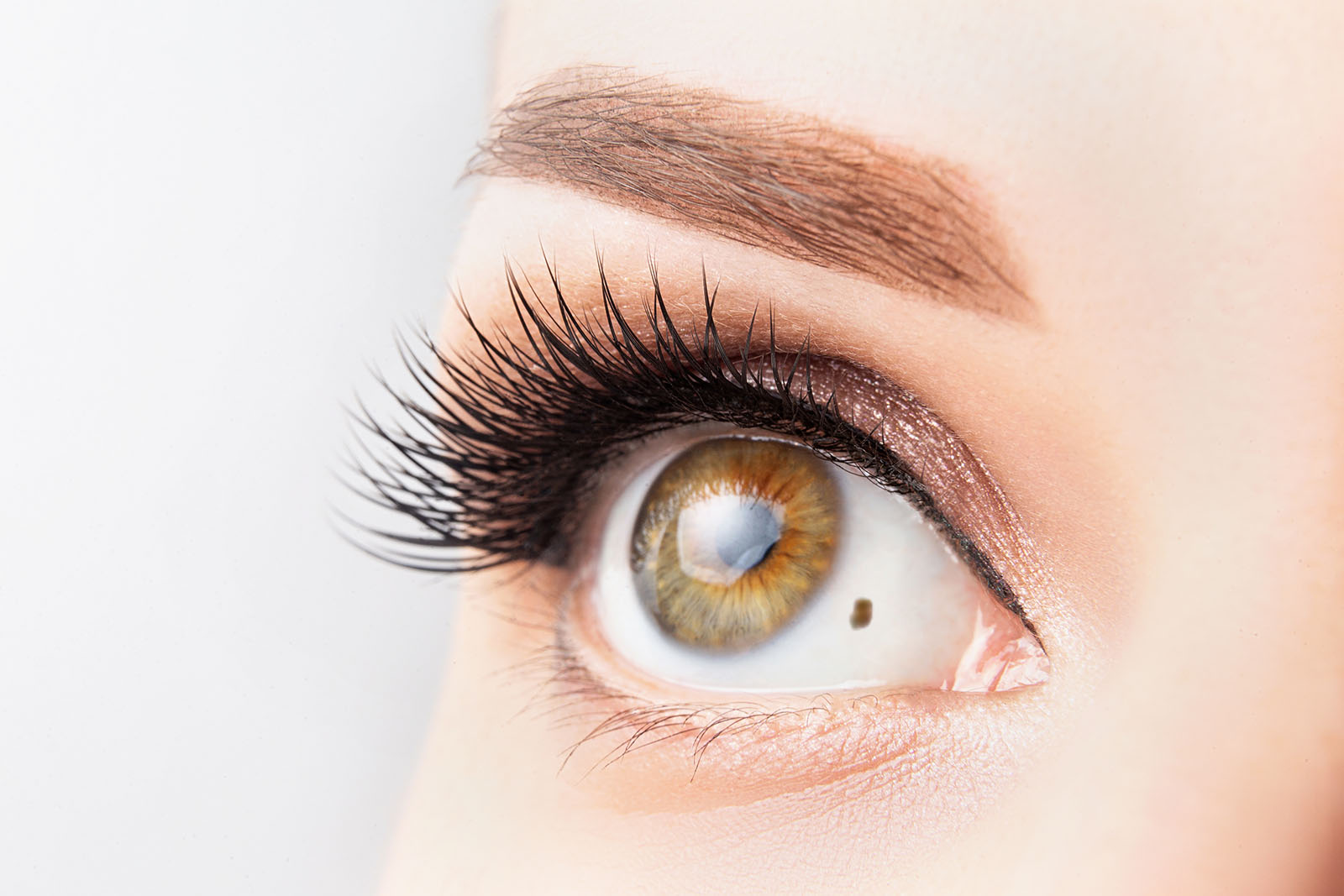The presence of a mole in the eye This is not necessarily a cause for alarm, but it should be monitored in the same way as those that appear on the skin. These moles or spots on the eyes are called ocular nevi or eye freckles.
What is an ocular nevus?
A nevus in the eye is an abnormal concentration of melanocytes, the cells that give colour to the skin, hair and eyes, which instead of being evenly distributed are clustered together giving rise to excess pigmentation in a particular area.
The ocular nevus can appear in different parts of the eye, be larger or smaller and of different colours, but in principle it does not necessarily cause more "damage" than cosmetic damage.
Types of moles on the eyes that we can find
Moles on the eyes are usually born or appear at an early age. They are usually benign, although there are some that can develop into melanoma. They are classified according to their location in the eye:
- External NevusConjunctival: These are present on the conjunctiva or iris and are usually visible to the naked eye. The conjunctival nevus is the most common and its colour may be yellowish or tend to brown, and it is not uncommon for them to darken or lighten. If the nevus appears on the iris, it will be in the form of a freckle or mole on the iris that is small and independent of the others; or it will form a larger spot that tends to grow downwards. In either case, it need not be bothersome or benign, although it is advisable to control it.
- Nevus Internus: This is the one that appears under the retina and is known as a choroidal nevus. It is not visible from the outside and can only be detected in an ophthalmological examination. It can have any colour and once it has been diagnosed it is very important to follow the check-up guidelines given by the specialist, as if it starts to turn orange or grows it may be a symptom of the appearance of melanoma.
Causes of moles on the eyes
Generally its cause is congenital and originate in the embryonic period, although it is possible to have moles on the eyes for other reasons. Among those that can be attributed to external factors is exposure to ultraviolet rays, which enhance their appearance. These are those emitted by sunlight and tanning machines.
If you are fair-skinned, it is essential to pay even more attention to sun protection for your eyes, as there is a greater chance of this type of eye spot appearing. They can also appear suddenly, and without any apparent cause, in which case it is advisable to visit an ophthalmologist, especially if you notice discomfort, inflammation or if your vision is affected.
Should you be worried about having a mole in your eye?
If you ever hear someone say "I've got a mole in my eye" there is no reason to be alarmed or alarmed. Although a sudden change in the grouping of melanocytes on the outside of the eye is not the most common occurrence, it is not necessarily immediately associated with a malignant tumour or any other pathology.
What is it is important to tell them not to self-medicate and not to stop seeing an ophthalmologist.He is the only one who can diagnose whether it is a nevus, what type it is and, if necessary, the treatment to follow.
Treatment of ocular nevus
Ocular nevi only require treatment if there is a suspicion, or certainty, that they may be cancer or damage the retina. In the first case, if mutant cells are detected, it will be treated in the least invasive way possible, resorting to surgery when there is no other alternative.
Having a mole in the eye is neither strange nor should it be given more importance than it deserves. At our centre we offer you all the ophthalmology services necessary for its diagnosis, evaluation and control.



